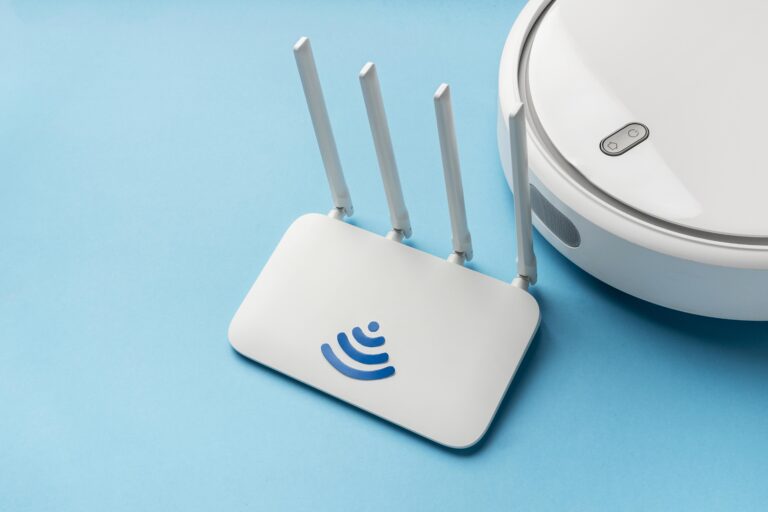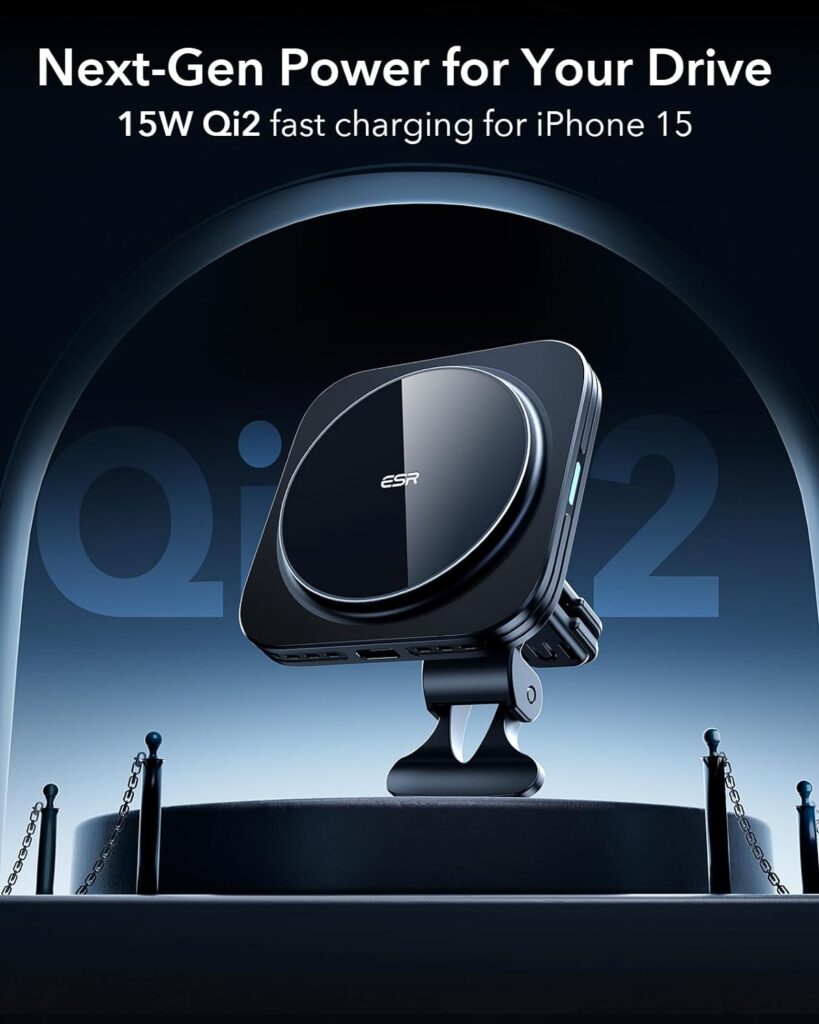Can Wifi antenna increases your Internet Speed ?

What is a Wifi antenna ?
Wi-Fi is a wireless technology or network that enables internet connectivity for tablets, PCs, smartphones, and other devices. When trying to increase the Wi-Fi signal’s strength and range, a Wi-Fi antenna is an essential tool. When a network or signal is absorbed by surrounding obstructions like walls and metallic surfaces, it can be very helpful in restoring the connection between devices and the internet.
The purpose of a Wi-Fi antenna is to improve internet and device connectivity. The Wi-Fi signal’s strength and connection speed within the house or surrounding areas can be greatly affected by the device’s positioning. When one does plan to use a wireless connection at home or at the office, the device comes in quite handy.
How does a Wifi antenna works ?
In order to communicate with one another, wireless devices use radio waves, which are actually electromagnetic waves (EM). Information packets are contained in electromagnetic waves. Conversely, the fundamental function of the Wi-Fi antenna is to transform electromagnetic waves (EM waves) into electrical signals and vice versa.
All wirelessly capable devices, including tablets, laptops, and smartphones, have transmit and receive antennas built in. Any electromagnetic waves carrying information packets are picked up by the receiving antenna, which is configured to convert them into electrical signals that the device then processes. Electrical signals are transformed into electromagnetic waves by the transmitting antenna in order to be transmitted as an information packet.
On the other hand, a Wi-Fi antenna’s purpose is to enable wireless connections or signals. They contribute to increasing network range, which may have a significant impact on the internet’s upload and download speeds. The super-fast 5G network offered by SpinTel will be much stronger and faster with a good long-range Wi-Fi antenna, making it perfect for streaming HD movies and for buffer-free uploading and downloading of large files.
A Wi-Fi antenna outside is essential if you want to increase the strength of your internet signal. Selecting the appropriate type of antenna would be very important.
.
Types of Wifi antenna
Omni-Directional Antenna
This particular long-range Wi-Fi antenna is made to radiate signals at a 360-degree angle. Since it is shaped differently from an incandescent light bulb, it always provides the greatest signal coverage. In the same way that a lightbulb lights a room, an omnidirectional antenna can gather wireless signals from all directions
Because they provide greater coverage, omnidirectional internet Wi-Fi antennas are among the best for homes. They are primarily used indoors and outdoors due to their shorter range, though.
Since ceiling dome antennas are mounted in the ceiling of homes or warehouses, they are among the best Wi-Fi antennas for PCs. A Wi-Fi router would access the network with the use of coaxial cables, giving sounding devices an internet connection.
Directional Antennas
It is a unique kind of Wi-Fi antenna that functions by concentrating on a specific direction. In this instance, the Wi-Fi antenna’s power becomes more concentrated in one direction, enabling it to transmit and receive signals over a significantly greater distance.
Directed antennas are used for extended point-to-point network connectivity because they have a smaller coverage area than omnidirectional Wi-Fi antennas. They are primarily utilized in multipoint Wi-Fi networks that facilitate communication between multiple antennas.
Installing a Wifi antenna to your device
Since antennas are still considered a relatively specialized upgrade, you won’t find many of them for sale. The TP-Link AX1800 WiFi 6 adapter ($70 on Amazon) and the Netgear A8000 Nighthawk WiFi 6E adapter ($80 on Amazon) are two devices that are worth checking out. To achieve the fastest possible transfer speeds, they both connect via USB 3.0, which means that your computer must also support USB 3.0.
Model-specific installation instructions will differ, but software is a requirement for all of these devices. Software can be downloaded from the manufacturer’s website or may be included in the box. For the Netgear antenna, for instance, the driver is available for download from the Netgear website, but it also comes on a USB stick with the device.
Typically, installing the software requires connecting the antenna first. Both the Netgear and TP-Link models include a wired dock, so you have the option of using the dock to better position the antenna (which may work better on a desktop) or plugging the antenna directly into your computer (which is probably easier on a laptop that you’ll be moving around).
You should be able to immediately begin experiencing better connectivity as your new antenna will take over WiFi responsibilities automatically. The login details will remain saved on your device, so there’s no need to re-connect to your WiFi network.


